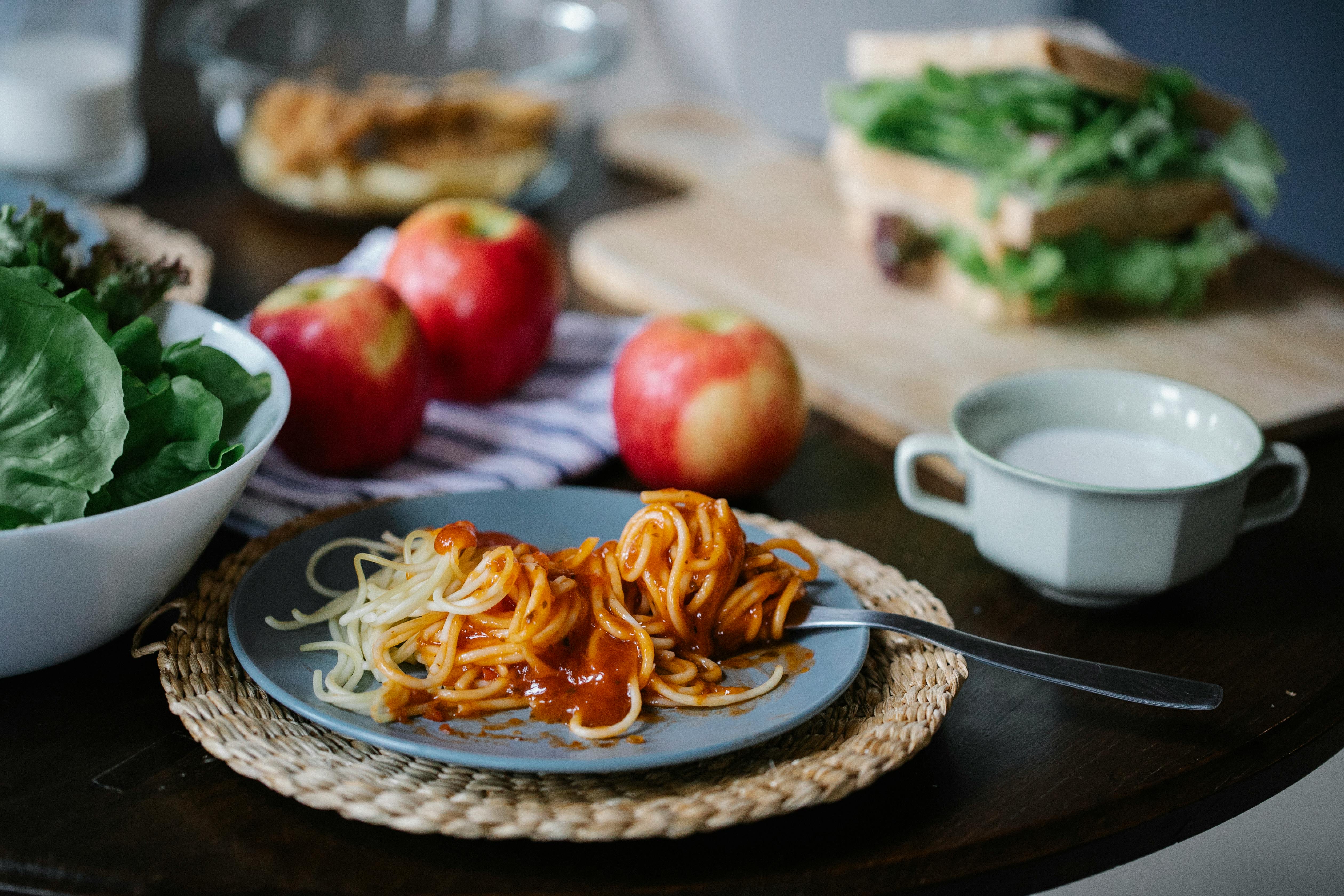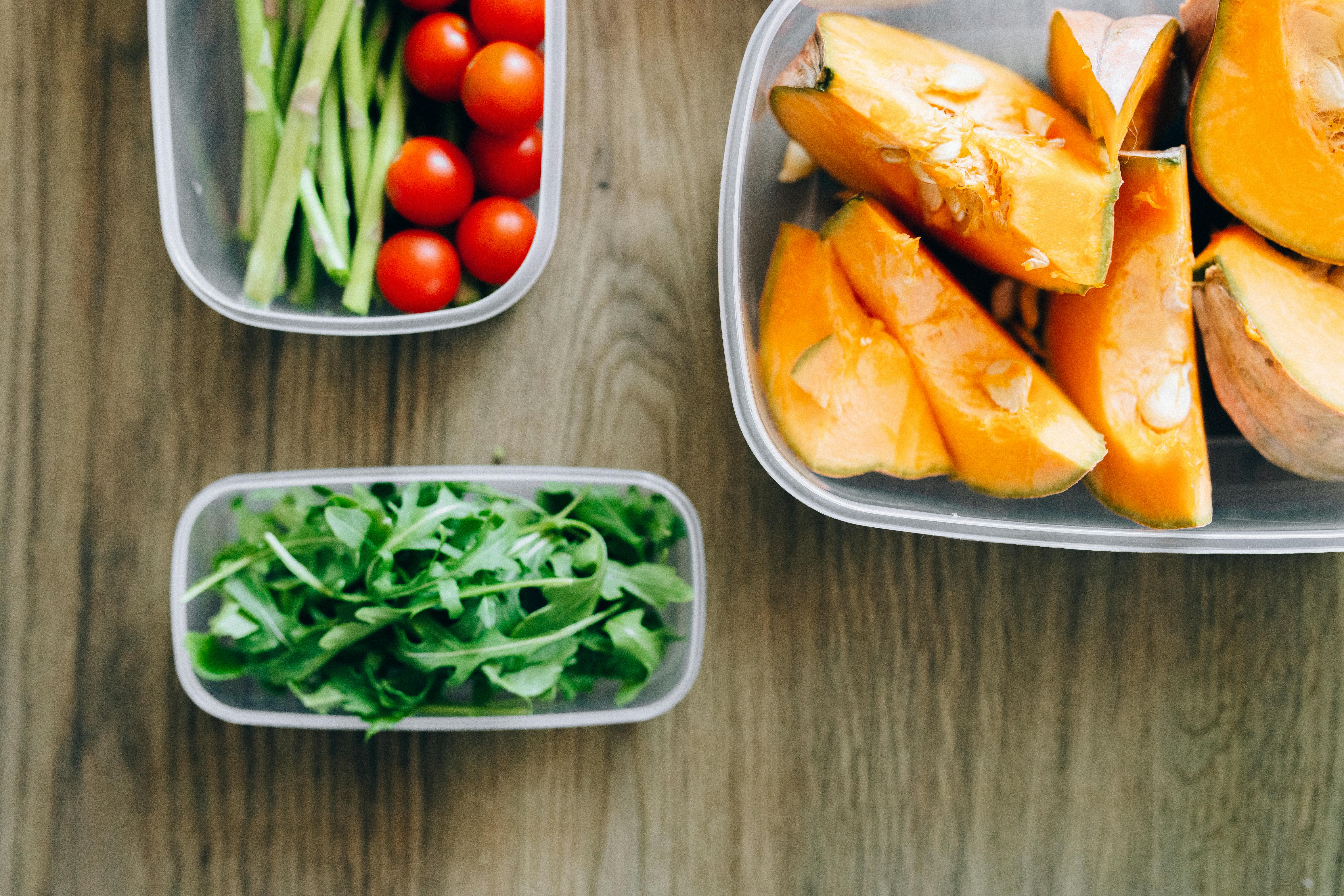From aluminum foil wrappers and household aluminum foil to semi-rigid aluminum foil containers, lids and laminated aluminum foil bags, aluminum foil applications offer a versatile range of packaging solutions to meet today’s sustainability challenges. The physical properties of aluminum foil, such as the absolute barrier effect, lead to greater protection and longer shelf life of the product’s contents, as well as better preservation of its nutritional and health benefits. The net result: less food waste and therefore greater resource efficiency. Additionally, less use of resources results in a reduction in overall environmental impact and increased profitability.
Bottom line: Ultimately, more efficient packaging saves resources, or in other words, more is less! Listed below are some of the unique characteristics of aluminum foil and examples of how these properties provide resource and energy efficient solutions.
Barrier: Aluminum foil acts as an absolute barrier to light, gases and humidity, providing almost perfect preservation of the aroma, flavor and other characteristics of the product, thus protecting the quality of the product. It has a very effective barrier function in relation to weight, for example, for 1 liter of milk packed in a beverage carton, only 1.5 grams of aluminum is sufficient to allow a shelf life at room temperature of several months.
By allowing the shelf life of products for extended periods at room temperature, aluminum foil helps reduce food waste and then saves the important resources used to produce the food. This also provides energy savings as the products can be preserved without the need for refrigeration.
Product/packaging ratio: in particular, due to the absolute barrier property even in very low calibres, aluminum foil allows the development of packaging solutions that are both very efficient and very light. The product/package ratio of flexible foil packaging is generally very high, potentially 5 to 10 times higher than that of rigid packaging used for the same application.
A high product to package ratio means less packaging material is used to protect and deliver the same amount of product. This also means less energy to transport the packaging, whether empty or full. And at the end of the useful life, significantly less packaging waste is generated.
Portions: The excellent ability of aluminum foil to be used alone or in combination with other materials (paper and/or plastic) provides flexibility to easily package the product (food) in appropriate and convenient portions.
Providing food in adequate amounts prevents both over-preparation and over-consumption that contribute to food waste. Portioning also extends the shelf life of raw foods by keeping them packaged and protected.
Material and space efficiency: Aluminum foil can be efficiently laminated with other materials to combine specific properties of various flexible packaging substrates in a complementary manner for improved overall performance and a very limited total amount of material used. The reduced amount of material used in flexible film packaging, in addition to the fact that it is delivered in roll form, leads to greater space efficiency during storage and transport and enables greater energy and cost savings.
Mechanical Properties: Uniquely lightweight yet strong, aluminum foil’s “dead fold” characteristics allow it to wrap products hermetically and without any glue or other sealing systems.
For household aluminum foil, for example, the ease of wrapping and reclosing helps prevent food waste through proper product protection at home or on the go and the ability to efficiently preserve leftovers.
Thermal conductivity: Aluminum is an excellent conductor of heat and is capable of withstanding extreme temperatures. Alufoil is ideal for use in autoclaving, heat sealing and other thermal processes (eg retorting).
The excellent thermal conductivity minimizes processing, sealing, cooling and reheating times, thus saving energy and also ensuring better protection of the organoleptic and nutritional quality of food by flattening extreme temperature gradients within the product.
Electrical conductivity: The excellent electrical conductivity of aluminum foil allows for high
precision and non-contact sealing, thus expanding the application range for efficient and fast filling technologies. The presence of aluminum foil in a package facilitates induction and ultrasonic sealing, saving materials and energy by minimizing sealing area and time.
Reflectivity: Aluminum foil reflects up to 98% of light and infrared heat. Good heat reflectivity saves energy during cooling or heating of prepared foods in the package.
Multi-mode cooking: The unique combination of thermal and electrical heat transfer allows food to be cooked or reheated using convection or microwave ovens and/or in ‘bain-marie’ systems. This flexibility in heating/cooking helps save time and energy during preparation.
Recyclability: Aluminum material is fully recyclable, endlessly, with no loss of quality. Increased collection and recycling/recovery rates for aluminum foil and aluminum foil packaging means that the industry will no longer require an equivalent amount of primary (ie virgin) aluminum. This represents significant energy savings, as recycled aluminum requires up to 95% less energy to process than the equivalent amount of primary metal produced from bauxite. In Europe, the average recycling rate for all aluminum packaging is supposed to be over 60%. The amount of aluminum packaging recycled depends to a large extent on the efficiency of the national packaging collection plans of each European country. For aluminum foil trays and semi-rigid packaging, the latest statistics show that the average recycling rate in Europe is around 55% thanks to the industry’s continued work to promote the value of collecting and recycling aluminum foil packaging. In the case of aluminum flexible packaging, which generally has a lower aluminum content, as the packaging is usually very thin and is often laminated with plastic or paper, it is also possible to recover aluminum from waste and recover it for closed-loop recycling, using specially developed technologies such as pyrolysis. In situations where aluminum foil packaging is not collected separately for recycling and enters an energy recovery process, a significant proportion of the aluminum in the packaging, even fine gauge aluminum foil, may be collected from the bottom ash for recycling. The part of the aluminum that is oxidized during incineration releases energy that is recovered and converted into heat and electricity.
Resource Efficiency of Aluminum Foil Packaging – For a given product, there are often several effective packaging solutions capable of performing the required functions. But some solutions are more resource efficient than others, since they use fewer resources.
Due to the combination of the above unique properties, aluminum foil packaging supports efficient use of resources and minimization of waste throughout the life cycle of the packaged product. Aluminum foil not only helps save significant food resources by offering optimized fit-for-purpose solutions with reduced risk of product waste, but also makes very efficient use of packaging material throughout its life cycle.



